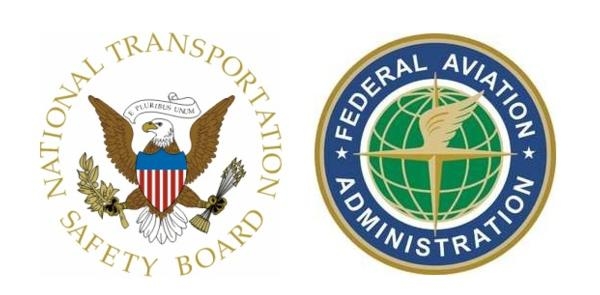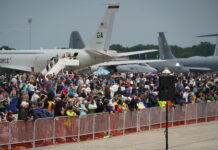In the wake of the fatal accident last year in Shoreham, England, ICAS has worked closely with the Aviation Accidents Investigation Board (AAIB) in the United Kingdom (U.K.) to provide insight into the rules and regulations in place in North American air shows. Working with the AAIB — an organization that is similar to the United States’ National Transportation Safety Board — allowed ICAS to gain additional insight into the interaction between the U.K. Civil Aviation Authority (CAA), the AAIB and the U.K. air show industry. Equipped with this understanding, ICAS has maintained a watchful eye on the unfolding events that have occurred in the wake of the accident. Our observations not only tell us something about the relationship between the air show community and regulatory bodies in the U.K., they also tell us something about the relationship our industry has with federal regulators in the United States and Canada.
The CEO of the CAA recently announced that, in response to the accident at Shoreham, the CAA would be introducing a “consultation charge” for each air show in order to pay for additional monitoring of U.K. air shows by the CAA. Simply put, the CAA is requiring air shows to pay the CAA so that it can send more inspectors-in-charge (IICs) to monitor the show. This action would be the North American equivalent of the Federal Aviation Administration (FAA) or Transport Canada mandating that all North American air show organizers pay them an additional ten thousand dollars so that they could send more IICs to monitor each show. There are few people in the safety community that would consider more inspectors at an air show likely to produce measurable improvement in safety (more likely, the opposite).
As counter-intuitive as this “solution” may seem to many of us, the institution of consultation charges in the U.K. is a result of the 20th century model of regulator/industry relations. Stemming from conflicts and disagreements between industry and regulators that date as far back as the Airline Deregulation Act in 1978, the aviation industry in the U.S. has fought hard, and successfully, against additional rules and regulations that would limit our freedom to fly.
Who could argue that one of the greatest freedoms in the world should feel more like a freedom than a game of bureaucratic limbo? The aviation industry, or any industry for that matter, is right to resist the changes that regulators seek to place upon it without exploring or considering other tactics or solutions.
Indeed, this is the posturing that many aviation organizations have brought to their interaction with the FAA on various issues. Ask a member of the National Business Aviation Association about emissions regulations, or a member of the Experimental Aircraft Association about user fees and you will undoubtedly hear about changes the FAA is making and the negative impact they will have on each group. This approach, while often appropriate and effective, is slowly shifting to a more productive alternative.
The tenets of Risk Management and Safety Management Systems (SMS) are rooted in predictive problem solving as opposed to reactive problem solving. Inherent to predictive problem solving is to lean away from combative “us versus them” conflict management. Instead, groups are encouraged to work together to determine common ground and identify common sense solutions. Admittedly, this can sound like pseudo-intellectual rubbish, until you compare the U.K.’s air show industry to ours.
In the U.K., the Shoreham accident was investigated by the AAIB, and the AAIB found that several CAA regulations were not being followed which played a participatory, but not causal, role in the accident. The CAA’s reaction to these findings has been to increase the number of monitors at U.K. air shows and to pass the cost of those monitors on to show organizers. The air show industry has resisted and a small concession has been made by the CAA to phase in the charges over multiple years. In the U.S., a recent accident lead to an investigation that found a seam in air show rules that was being exploited to, in the FAA’s opinion, violate the spirit of the rules. A reasonable person could have concluded that the violation was occurring not out of avarice, but out of confusion. Regardless of the motivation, the FAA and the air show industry began a dialogue to address the seam. Working together, both parties have come to a sensible middle ground that will have as minimal an impact as possible on performers while still enforcing the spirit of the FAA’s rules. A true win-win scenario.
In this regard, the air show industry stands at the leading edge in the North American aviation community. Developing relationships with the FAA and Transport Canada that foster mutual respect, joint responsibility and mutual goals has elevated the industry to a new level of partnership that will become more prevalent in the 21st century world. Casting off the decades-long paradigm of “industry versus regulators” allows us all to focus on elevating the industry instead of negotiating ‘tit for tat.’ It is for this reason that our friends in the U.K. air show industry are feeling the sting of CAA; the industry and regulators are engaged in a tug of war, and the regulators have just tugged their hardest.
The North American air show industry is fortunate to be able to work with regulators for a common purpose. It is a true indicator that our industry has come far on its path to integrate the tenants of SMS and Risk Management into its daily business model.








